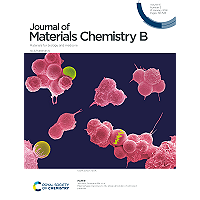Lipoaspirates contain a readily accessible heterogeneous cell source for use in bone regeneration collectively referred to as the stromal vascular fraction (SVF). However, the osteogenic potential of SVF is inferior to other progenitor cell populations, thereby requiring alternative strategies to potentiate its effective use in cell-based therapies of bone repair. Cell-secreted extracellular matrix (ECM) is a promising substrate to guide cell phenotype or for use in biomaterial design, yet the instructional capacity of ECMs produced by various cell types is unknown. To determine whether the bioactivity of cell-secreted ECM was dependent on cell source, we assessed the osteogenic response of human SVF on ECMs secreted by bone marrow-derived mesenchymal stem cells (MSCs), adipose stromal cells (ASCs), and human dermal fibroblasts (HDFs). Tissue culture plastic (TCP), type I collagen, and ECM induced expression of integrin subunits alpha2, alpha5, and beta1 in SVF, yet seeding efficiency was only improved on MSC-derived ECM. Regardless of ECM source, SVF deposited over 8- and 1.3-fold more calcium compared to TCP and collagen-coated controls, respectively. Flow cytometry confirmed that SVF cultured on ECM retained CD31 and CD34 positive cell populations better than TCP. After depleting accessory cells, ASCs deposited significantly less calcium compared to donor-matched SVF. This function was partially restored in the presence of MSC-derived ECM when donor-matched endothelial cells (ECs) were added in an ASC/EC co-culture, confirming a role for ECs in osteogenic differentiation. These findings support the use of cell-derived ECM as a means to promote cell retention and osteogenic differentiation of SVF.

Cell-secreted extracellular matrix, independent of cell source, promotes the osteogenic differentiation of human stromal vascular fraction
Review badges
2 pre-pub reviews
0 post-pub reviews
